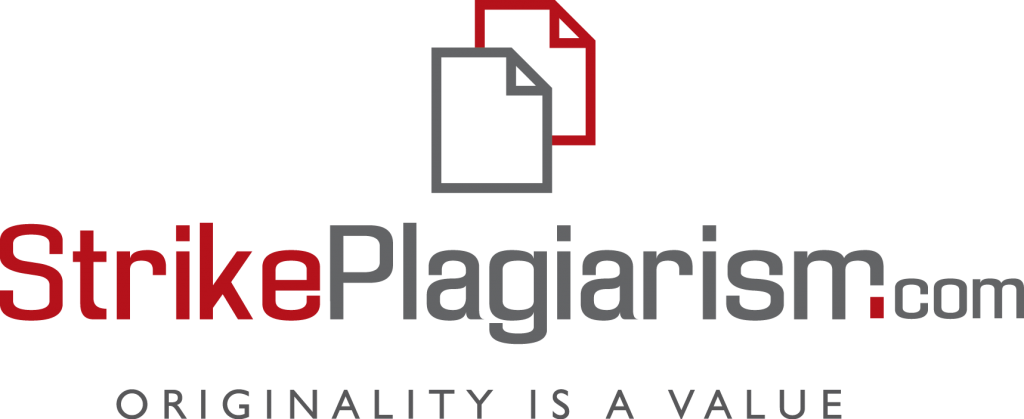Evaluation of the impact of the physical therapy program on the parameters of the myofascial pain syndrome and indicators of the functioning of the orofacial zone in patients with bruxism
DOI:
https://doi.org/10.32782/2077-6594/2024.4/08Keywords:
physical therapy, rehabilitation in dentistry, maxillofacial diseases, bruxismAbstract
Purpose: to evaluate the effectiveness of the physical therapy program on the parameters of myofascial pain syndrome and indicators of functioning of the orofacial zone in patients with bruxism. Material and methods. The control group consisted of 32 people without burdened dental status. Group 1 consisted of 31 people with bruxism, which was corrected with individual splints. Group 2 consisted of 32 people with bruxism, in whom, in addition to the splints, a physical therapy program was applied (exercises, massage, post-isometric relaxation, kinesiological taping, transcutaneous electromyostimulation; autorelaxation sessions according to Schulz; patient’s education for three months). The effectiveness of the intervention was evaluated by the dynamics of facial and neck tissue palpation, manual muscle testing, Jaw Functional Limitation Scale, Oral Health Impact Profile. Results. The physical therapy program demonstrated a statistically significantly better effect on the indicators of myofascial dysfunction (palpation results, manual muscle testing) and indicators of the functioning of the orofacial zone (Jaw Functional Limitation Scale, Oral Health Impact Profile.) compared to by a group of patients who used passive splint therapy. In patients who used only splints, an improvement in components of the myofascial pain syndrome in the masticatory and temporal muscles was determined, and the condition of the tissues of the neck and shoulder girdle slightly improved. Conclusions. Means of physical therapy improve the effectiveness of dental orthopedic interventions, therefore, it is advisable to use them to reduce the severity of pathological myofascial signs and improve the functioning of the orofacial zone in patients with bruxism.
References
Goldstein G, DeSantis L, Goodacre C. Bruxism: Best Evidence Consensus Statement. J Prosthodont. 2021;30(S1):91–101. doi:10.1111/jopr.13308
Manfredini D, Ahlberg J, Lobbezoo F. Bruxism definition: Past, present, and future – What should a prosthodontist know?. J Prosthet Dent. 2022;128(5):905–912. doi:10.1016/j.prosdent.2021.01.026
Manfredini D, Lobbezoo F. Sleep bruxism and temporomandibular disorders: A scoping review of the literature. J Dent. 2021;111:103711. doi:10.1016/j.jdent.2021.103711
Bertazzo–Silveira E., Kruger C.M., Porto De Toledo I. et al. Association between sleep bruxism and alcohol, caffeine, tobacco, and drug abuse: a systematic review. J Am Dent Assoc 2016;147(11):859–66. DOI: 10.1016/j.adaj.2016.06.014.
Vavrina J, Vavrina J. Bruxismus: Einteilung, Diagnostik und Behandlung [Bruxism: Classification, Diagnostics and Treatment]. Praxis (Bern 1994). 2020;109(12):973–978. doi:10.1024/1661–8157/a003517
Jung W, Lee KE, Suh BJ. Influence of psychological factors on the prognosis of temporomandibular disorders pain. J Dent Sci. 2021;16(1):349–355. doi:10.1016/j.jds.2020.02.007
Knibbe W, Lobbezoo F, Voorendonk EM, Visscher CM, de Jongh A. Prevalence of painful temporomandibular disorders, awake bruxism and sleep bruxism among patients with severe post–traumatic stress disorder. J Oral Rehabil. 2022;49(11):1031–1040. doi:10.1111/joor.13367
Matusz K, Maciejewska–Szaniec Z, Gredes T, et al. Common therapeutic approaches in sleep and awake bruxism – an overview. Neurol Neurochir Pol. 2022;56(6):455–463. doi:10.5603/PJNNS.a2022.0073
Al–Jewair T, Shibeika D, Ohrbach R. Temporomandibular Disorders and Their Association with Sleep Disorders in Adults: A Systematic Review. J Oral Facial Pain Headache. 2021;35(1):41–53. doi:10.11607/ofph.2780
Lei Q, Lin D, Liu Y, Lin K, Huang W, Wu D. Neuromuscular and occlusion analysis to evaluate the efficacy of three splints on patients with bruxism. BMC Oral Health. 2023;23(1):325. doi:10.1186/s12903–023–03044–5
Jung W, Lee KE, Suh BJ. Influence of psychological factors on the prognosis of temporomandibular disorders pain. J Dent Sci. 2021;16(1):349–355. doi:10.1016/j.jds.2020.02.007
Amorim CSM, Espirito Santo AS, Sommer M, Marques AP. Effect of Physical Therapy in Bruxism Treatment: A Systematic Review. J Manipulative Physiol Ther. 2018;41(5):389–404. doi:10.1016/j.jmpt.2017.10.014
Аравіцька МГ, Шеремета ЛМ, Данильченко СІ, Довгань ОВ. Ефективність засобів фізичної терапії у корекції функціонального статусу скронево–нижньощелепного суглоба при артрозі. Український журнал медицини, біології та спорту. 2021;6(34):188–193. DOI: 10.26693/jmbs06.06.188
Саєнко ОВ, Аравіцька МГ. Динаміка постіммобілізаційних функціональних обмежень орофаціальної зони у пацієнтів після перелому нижньої щелепи під впливом реабілітаційних засобів. Art of Medicine. 2023;4(28):115–120. DOI: 10.21802/artm.2023.4.28.115
Саєнко ОВ, Аравіцька МГ. Оцінювання ефективності програми реабілітації хворих із дисфункцією скронево–нижньощелепного суглоба у постіммобілізаційному періоді після переломів нижньої щелепи за показниками кінезіофобії та якості життя. Health & Education. 2023;4:220–225. DOI https://doi.org/10.32782/health–2023.4.31
Hislop H., Avers D.,Brown, M. Daniels and Worthingham’s Muscle Testing: Techniques of Manual Examination: Principles of Manual Muscle Testing. Elsevier Health Sciences, Amsterdam, 2013.
Ohrbach R, Larsson P, List T. The jaw functional limitation scale: development, reliability, and validity of 8–item and 20–item versions. J Orofac Pain. 2008;22(3):219–230.
Slade GD, Spencer AJ. Development and evaluation of the Oral Health Impact Profile. Community Dent Health. 1994;11(1):3-11.








